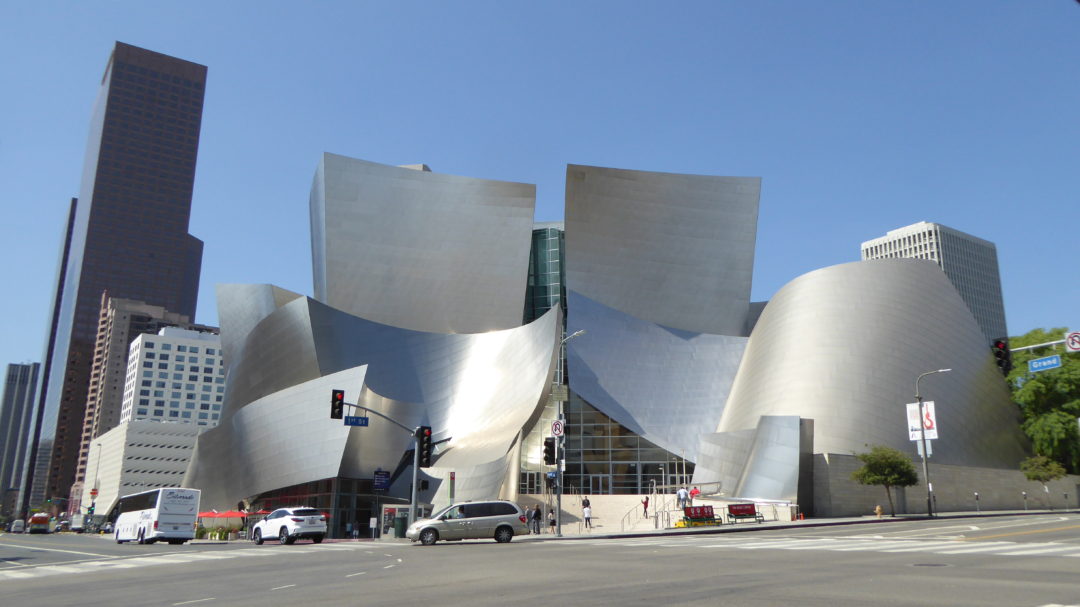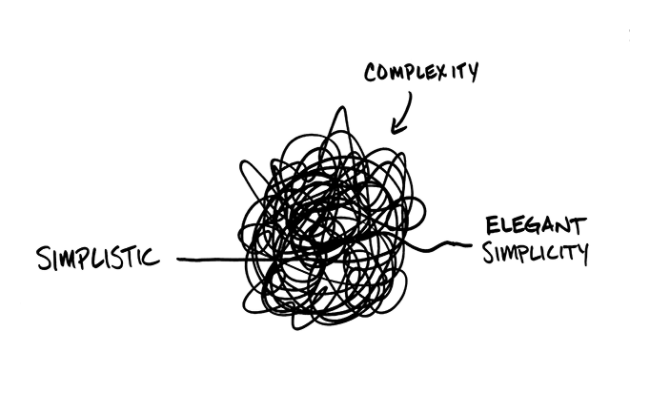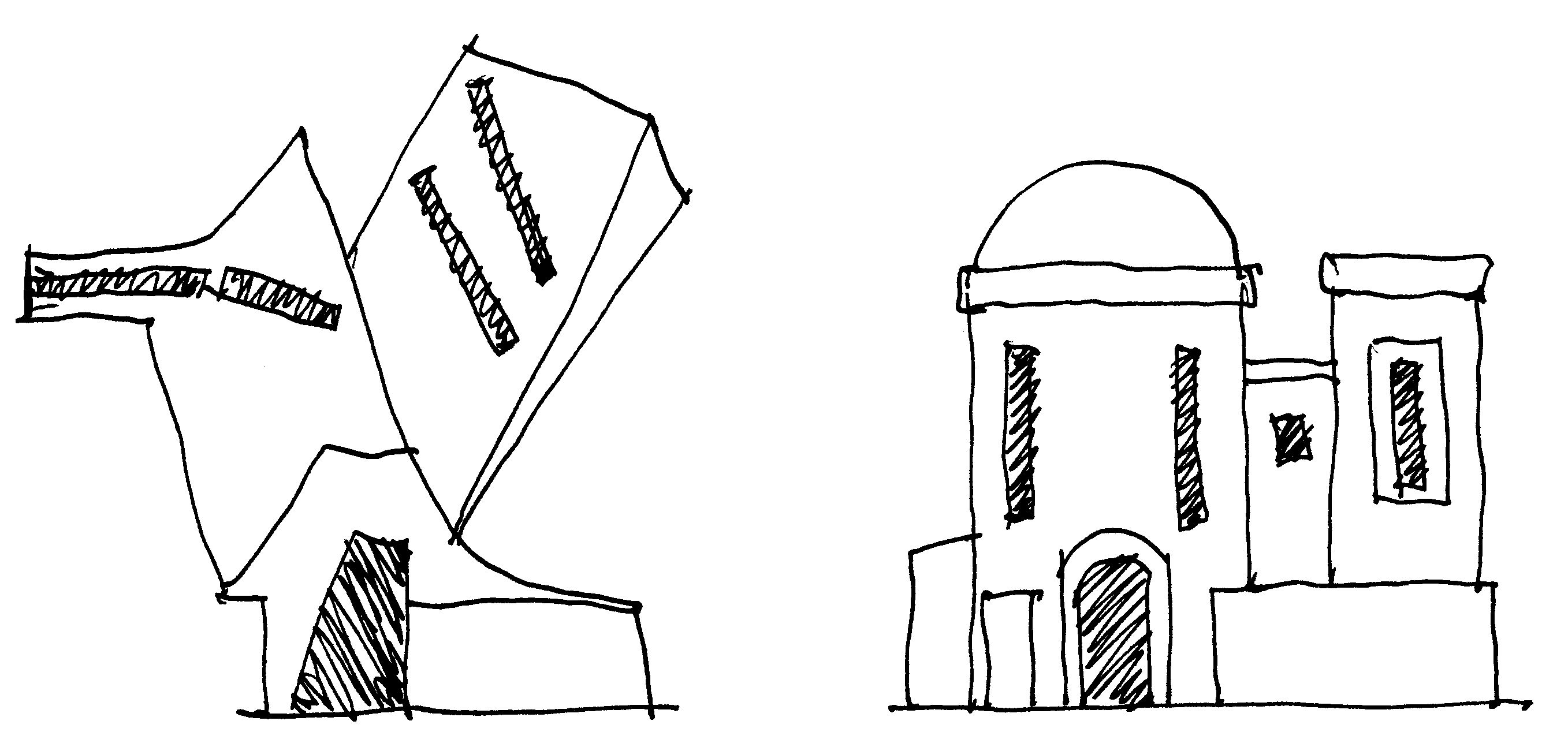With the evolution of the human race and continuing development of science, man has been exceedingly inquisitive towards exploring the unexplored and answering the unanswered. The continuous urge to move ahead of time and find answers to unanswered questions has been a human trend since the beginning of time.
The study of complexity and complex systems has been one such domain, and it has been one which humans have striven to understand in different ways since it first opened its eyes. Waldrop (1992), in the beginning of his book Complexity: The Emerging Science at the Edge of Order and Chaos, states that the subject is still so new and so wide-ranging that nobody knows how to define it, or even where its boundaries lie. And twenty years down the line, we are still trying to redefine the vast domain of complexity and complex systems, in different ways, in relation to various disciplines.

Walt Disney Concert Hall
Complexity in Architecture
The word ‘complexity’ in architecture or, simply stated, architectural complexity forms a mental image comprising a multitude of visually complex geometry in a person’s mind. This visual of ‘complexity’ is different from person to person, depending on their previous knowledge and exposure. For the current generation of architects, this mental image may further be extended to the notion of a futuristic (usually non-build-able [currently]) piece of architecture, alienated from the conventional architectural notions. Yet it is a very common style that has emerged over the last few decades, with the over-use of digital technology and computation in the field of architecture, which can be directly or indirectly related to the visuals of the complexity of natural forms.

The study of complexity in the discipline of architecture has led to the emergence of many subsets with a focus ranging from emergent behavior in complex systems to decoding the complex whole into simple parts, to develop a bottom-up process of design. Inter-disciplinary exchanges that include integration of advanced computation, evolutionary development, and genetic algorithms, with architecture, have widened the doors of research in the field of architectural design. The integration of multiple disciplines becomes complex as a whole—with focused research on complexity in architecture and complexity operating at various scales of a system.
The bigger question that arises, however, is ‘Do we need complexity in architecture’? Or, is simplicity the key to good architecture? The world is growing rapidly (in terms of developments and advancements in fields of science and human thought) and the understanding of complex processes becomes necessary today. The evolving technologies are targeting the complex field of architecture to give rise to further complexities. Geometry, which is an integral driver of an architectural design, is mutated continuously by forces of digital technology, thereby giving forth a new language of digital tectonics.
Such mutations of geometry occurring in the digital globe are giving rise to vivacious and challenging complex geometries, in the process of which we are moving faster towards the future of architecture and challenging the next generation of architects to rationalize this complexity further. Understanding and studying complex systems in architecture, therefore, become necessary as everything in architecture is multi-layered and has a hidden complexity embedded in either the process or the form itself.
Simple vs Complex

Are ‘simple’ and ‘complex’ opposites? Or are they comparable and defining of the part-to-whole relationship in a broader sense? It is well observed that complexity is made up of many simple parts that together form a complex whole exhibiting emergent behavior that cannot be explained in simple ways. In fact, the essence of emergence lies in its ambiguity. As the intricacy in the complexity of a system changes, the emergent properties change as well. It is never a static behavior- this is the intriguing aspect—it makes the study of emergence perpetually interesting.
Simplicity to complexity is a path determined by multiple processes involved within. A system that inherits infinitesimal parts which combine to form a whole can be complex. Intricate forms have a visual complexity that may or may not be broken down into simple parts visually. Complexity is an extensive measure of a system that cannot be broken into equal simple parts. Natural patterns and morphogenetic processes are complex beyond the limits of human understanding. Humans have been striving to understand the logic of nature that is replicable to man-made environments throughout the centuries. The life of any organism is a complex system coded in the infinitesimally small DNA of a cell. Nothing is simple, everything is complex—more precisely, everything was, at some point, complex. So, do we need complexity in architecture?


